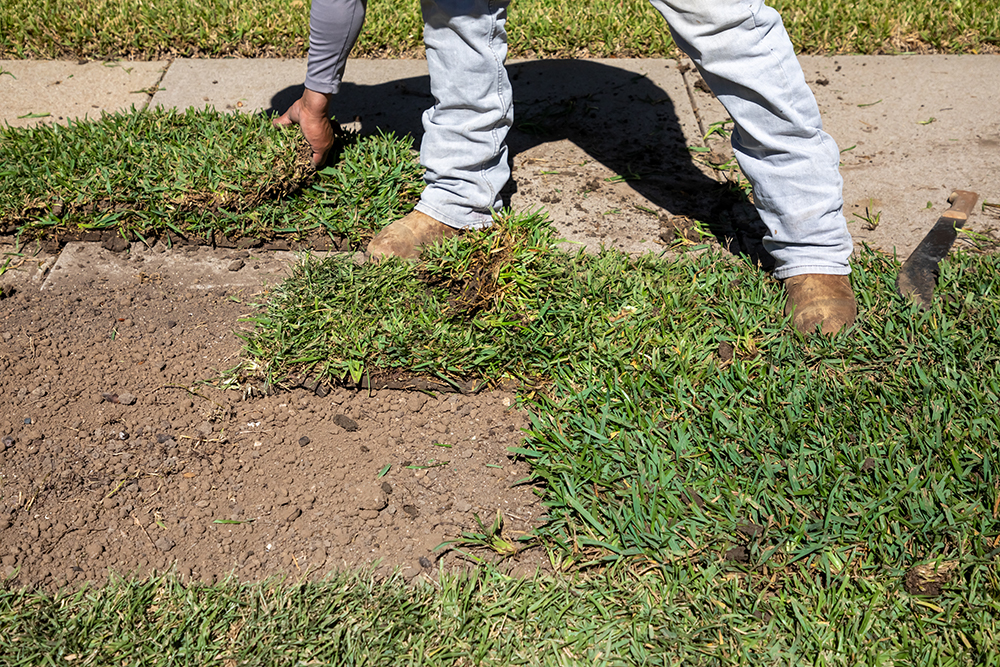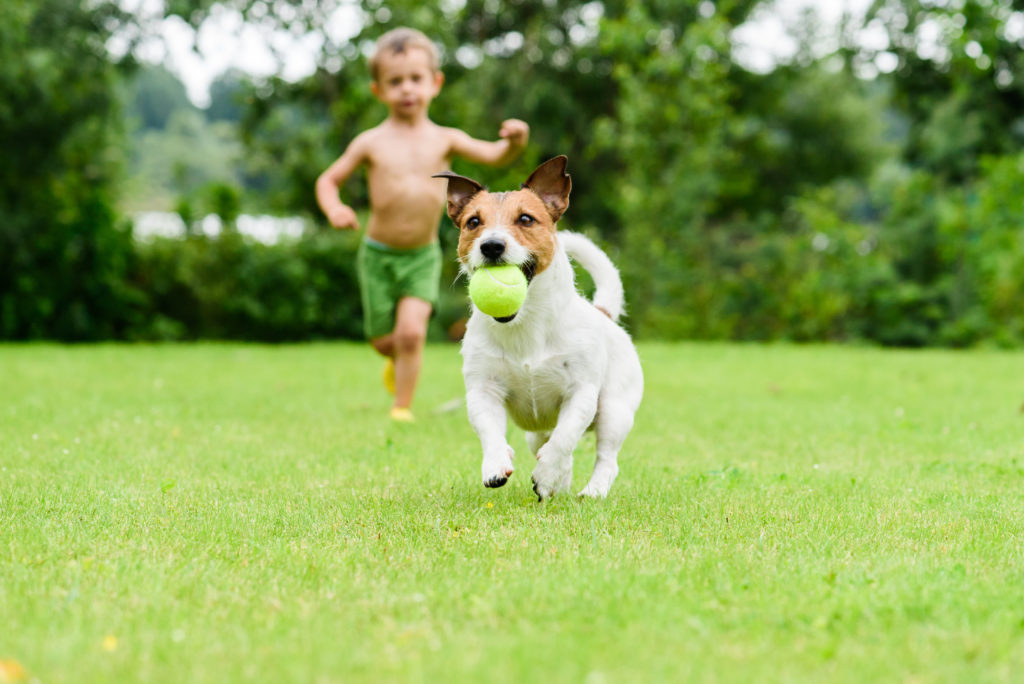
Thinking of re-sodding your lawn? In order to choose the best grass, there are a handful of important items to consider. Selecting the right grass for your lawn is important; making the wrong choice will result in disappointment and possibly a dead lawn. This doesn’t have to be complicated, though; we are here to guide you through the decision-making process to ensure that you choose the turfgrass that will meet your needs.
The first item to consider is whether or not it is possible to grow a particular kind of grass in your yard. “Shade tolerance” is a misleading term—sun requirement is really the most important factor. Think about the hours of sun the areas in your yard receive in a day. St. Augustine grass needs a minimum of 2–3 hours a day to survive, making it the best candidate for lawns that are very shady. Zoysias are a good option for yards that receive 4–5 hours of sunlight each day. Centipedes need at least six hours of sunlight per day, and finally bermuda grass has a 7+ hour sun requirement.
Once you’ve considered the sunlight that your lawn receives, think about the purpose of your lawn. Do you simply want a beautiful green lawn that will provide curb appeal? Do you want a lawn that will be used for entertainment, playtime, and pets? How much traffic do you anticipate your lawn will undergo? Centipedes are no good for lawns that receive a lot of wear and tear due to shallow, unprotected root systems. In contrast, bermuda and zoysia grasses have protected root structures that have the ability to create new growth thanks to their unique regenerative properties.

What if you need both shade tolerance and traffic tolerance? This requires a little compromise, so we recommend a zoysiagrass in this situation. While zoysias tend to be a little more expensive, the extra money is well worth it. Zoysiagrasses have between 6–10 inches of roots—enough to withstand traffic while maintaining a good shade tolerance. The versatility of zoysiagrass makes it perfect for an application that has a combination of requirements.
Lastly, be sure to take a soil sample from your lawn to ensure that the pH levels are within a healthy range. If the soil is not healthy, there are a variety of ways to get it where it needs to be before installing grass. Don’t go through the trouble and expense of selecting and installing grass before you know that the soil is in good shape. The best grass in the world won’t thrive without the proper foundation.
Choosing the best turfgrass for your lawn may seem intimidating, but it really just takes some thoughtful consideration to make the best choice. It may be that in thinking about the best grass for your lawn, you realize that the grass that best suits the needs in your front yard differs from the best choice for the backyard. Keep an open mind as you weigh your options and aim to choose the grass that truly makes the most sense.
